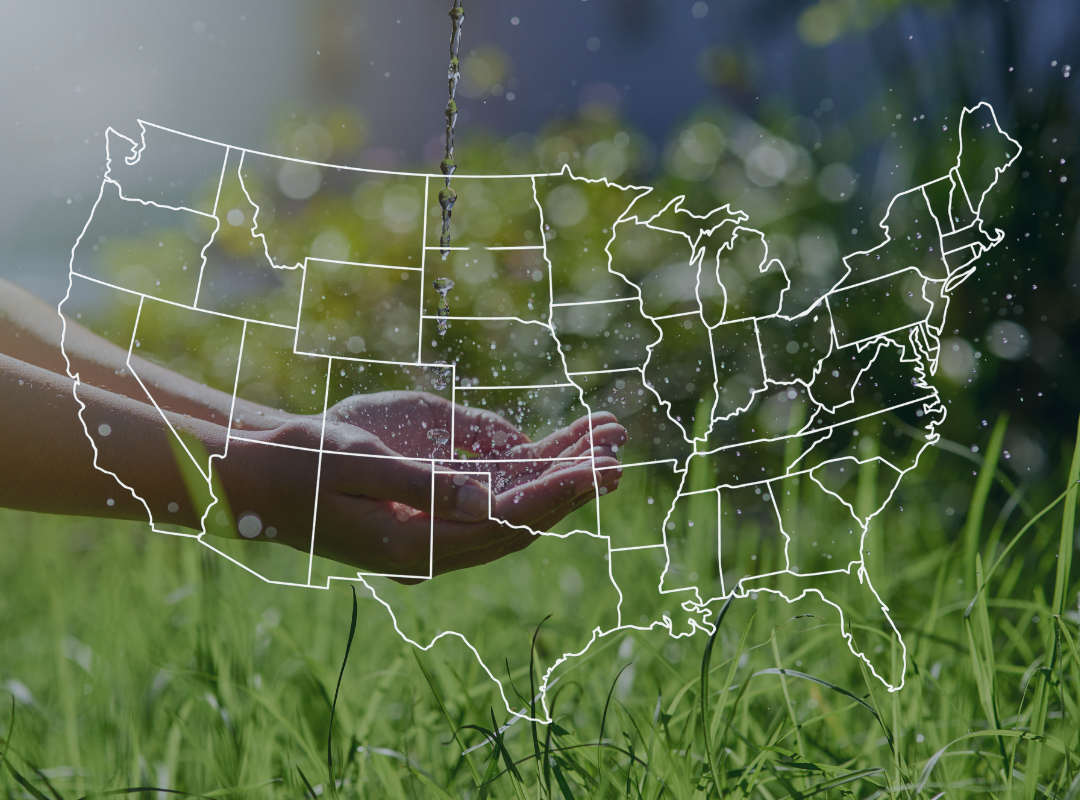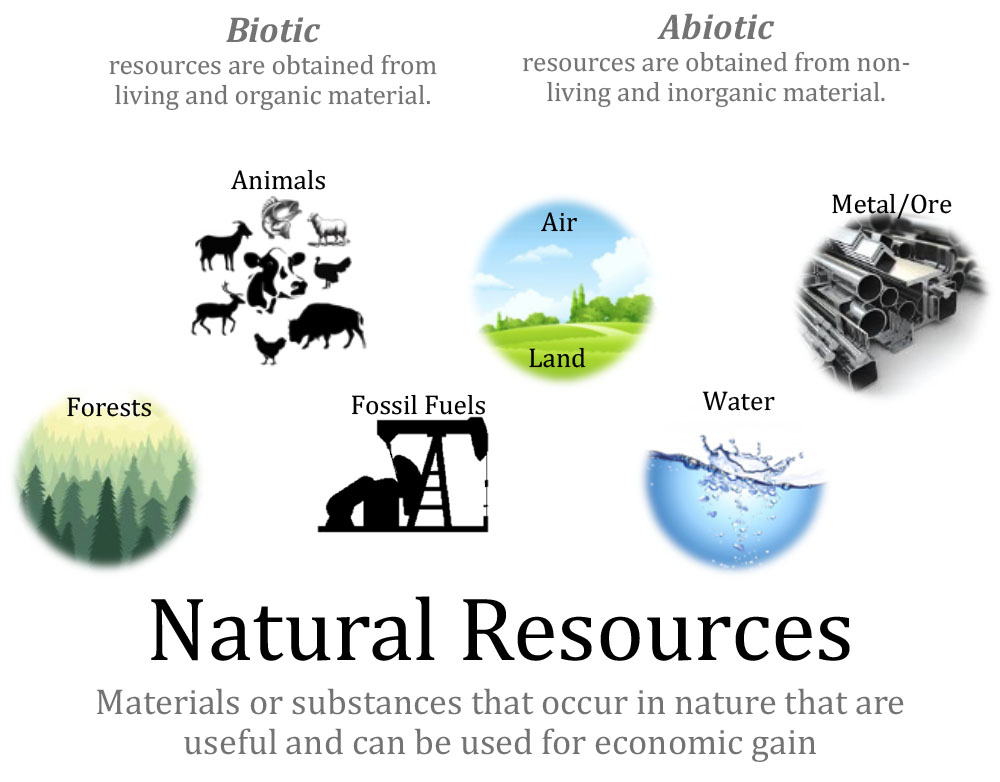 |
Growing Our State History uses the College, Career, and Civic Life (C3) Framework's Inquiry Arc as a blueprint to lead students through an investigation of the impact of cotton on the history and culture of the United States. The Inquiry Arc consists of four dimensions of informed inquiry in social studies:
- Developing questions and planning inquiries;
- Applying disciplinary concepts and tools;
- Evaluating sources and using evidence;
- Communicating conclusions and taking informed action.
The four dimensions of the C3 Framework center on the use of questions to spark curiosity, guide instruction, deepen investigations, acquire rigorous content, and apply knowledge and ideas in real world settings to become active and engaged citizens in the 21st century.1 For more information about the C3 Framework, visit socialstudies.org.
C3 Table- Growing Our State History (Grades 6-8) |
Human migration is when people move from one place to another with the intention of staying. Migration can be within countries or between countries. People migrate for a variety of reasons including the search for better paid jobs, higher quality of life (schools, medical care, and entertainment), and also freedom from persecution. Each state has its own history explaining why people moved there. Opportunities for agriculture and the presence of natural resources impacted both the settlement of communities and the overall success of the communities.
Settlement occurs where locations provide opportunities. The following factors can make a location good for settlement:
- harbors
- resources for housing and fuel
- reliable fresh water supply
- non-hostile neighbors
- natural defenses
- reliable food sources
- suitable land for agriculture
Agriculture is the science or practice of farming. It includes the cultivation of the soil to grow crops as well as the rearing of animals to provide meat, wool, eggs, and milk. Agricultural practices led to the domestication of plants and animals. Over thousands of years plants and animals with desirable traits have been chosen to perpetuate their genetic characteristics through a process called selective breeding. As agriculture progressed, families and communities changed. Rather than relying on a nomadic hunter-gatherer lifestyle, societies were built and people settled in one place for long periods of time.
If we examine the early history of the settlement of each state, a place could be settled if people could utilize agriculture to provide their food, clothing, and shelter. Every state's history began because agriculture could exist and provide for basic needs. The diet of early settlers would not have been as diverse as what we enjoy today, but they could grow and store sufficient food and provide feed for livestock animals that provided their meat, milk, and eggs.
In early settlement eras, all of the basic food needs had to be provided by agriculture within a very short distance due to limitations with transportation of food and other goods. Towns that did not have a sustainable source of resources to meet the community's needs failed and were deserted. A deserted town with few or no remaining residents is known as a ghost town. Most ghost towns were abandoned due to one or more of the following reasons:
- Depleted nonrenewable natural resources (many ghost towns are old mining towns)
- Disaster (repeated flooding, fires, avalanches, drought, contamination, dust storms)
- Unsuccessful farming
- Changes in access to the town (highways or railroads built that bypass the site)
- Creation of dams or reservoirs that flood previously occupied towns
As agriculture evolved and the ability to transport goods increased, communities could also rely on non-agricultural economies to earn money which was then used to buy food from farmers. These changes in society paired with advances in agriculture allowed for more urbanization, the movement of people from rural areas to towns and cities.
How has your state been influenced by agriculture? To learn more, visit your state's Agriculture in the Classroom program. Below is a list of state history websites:

